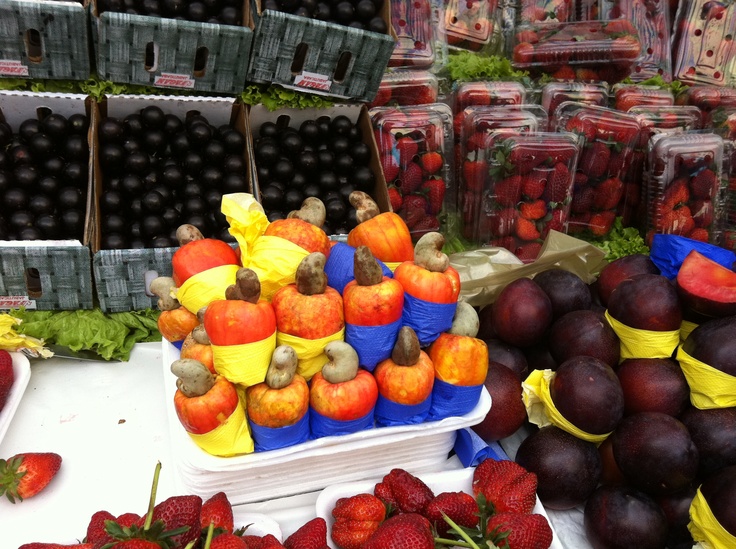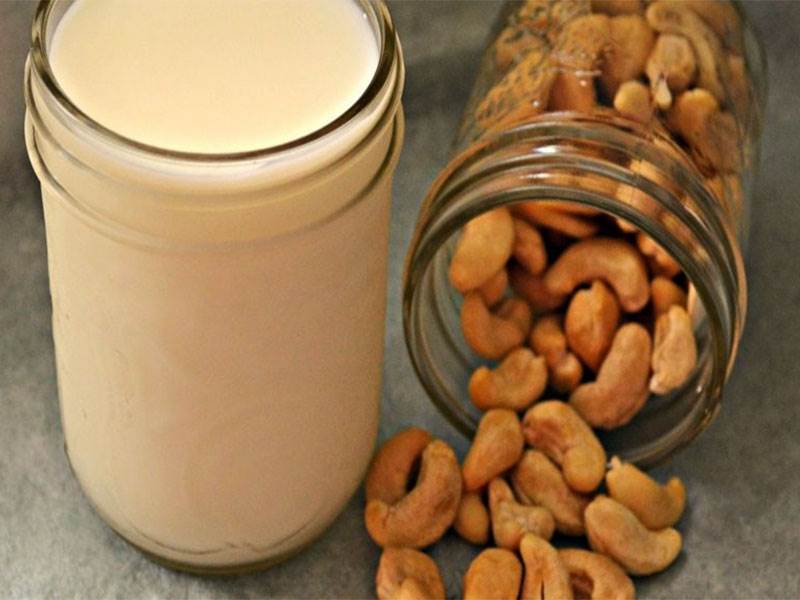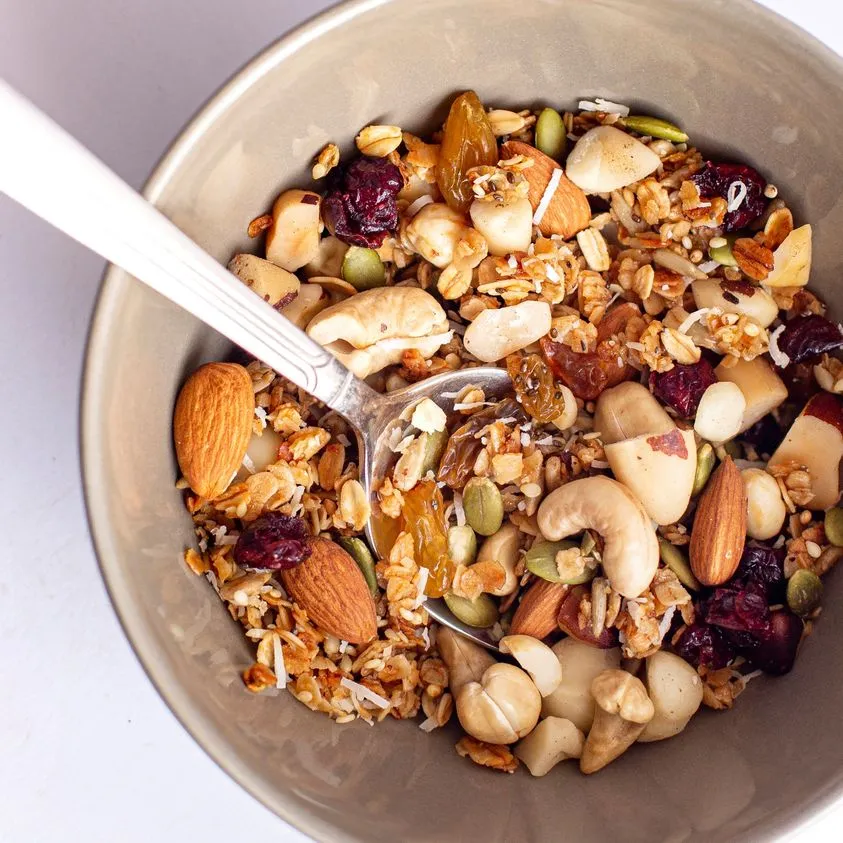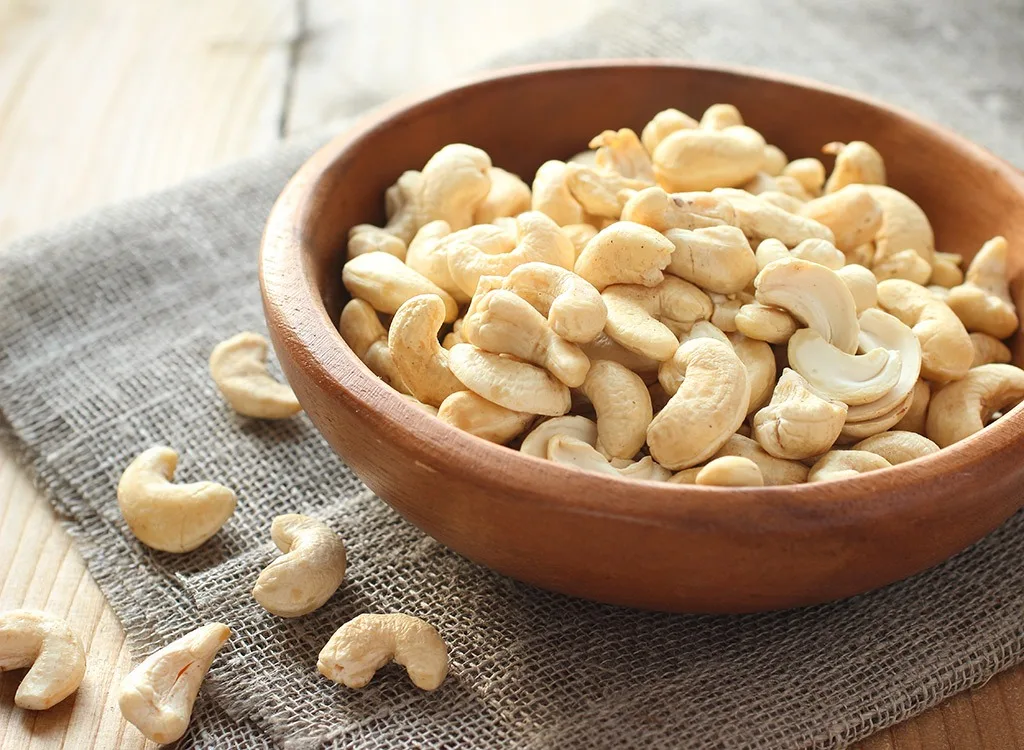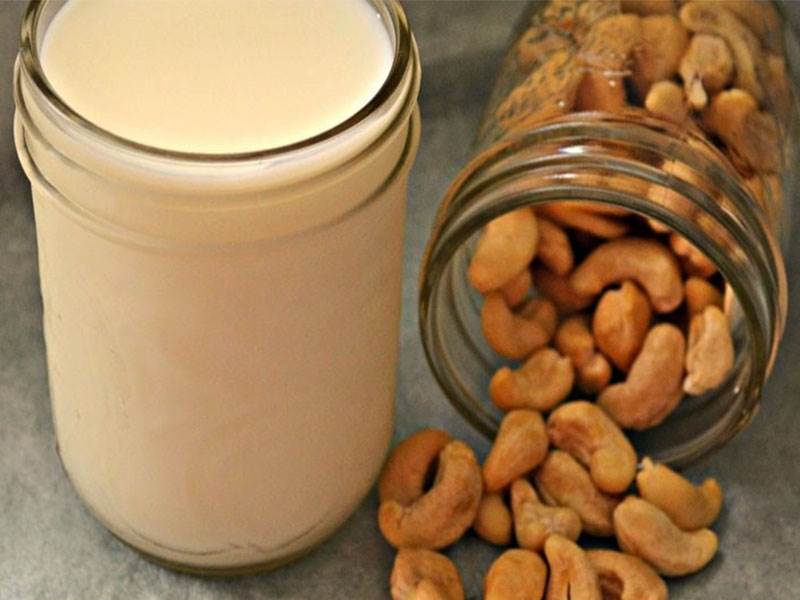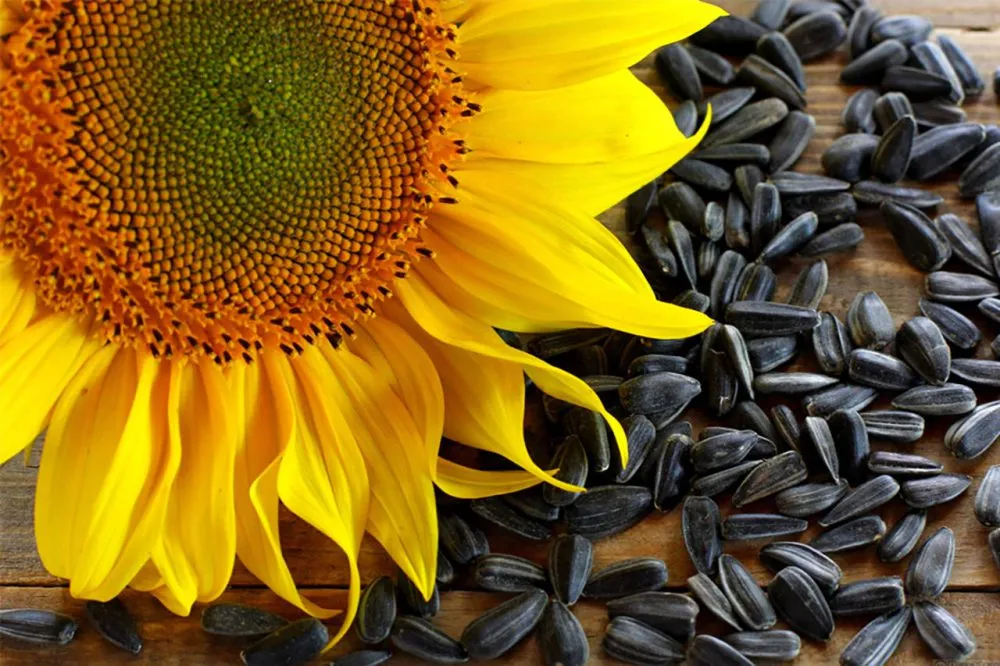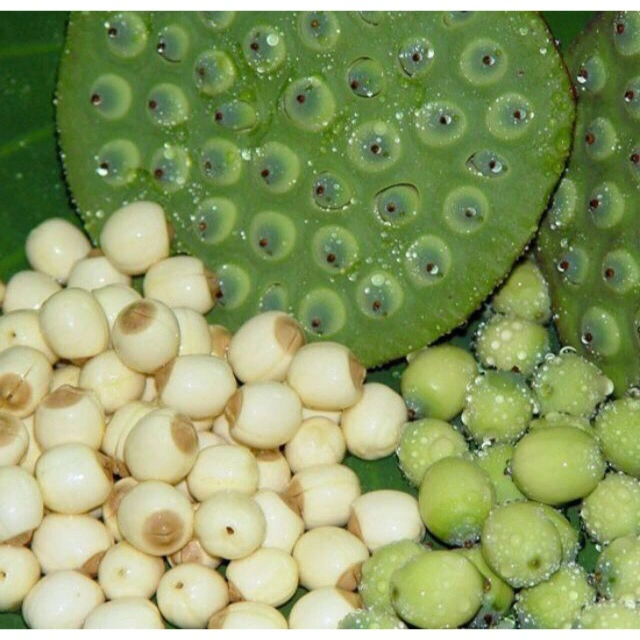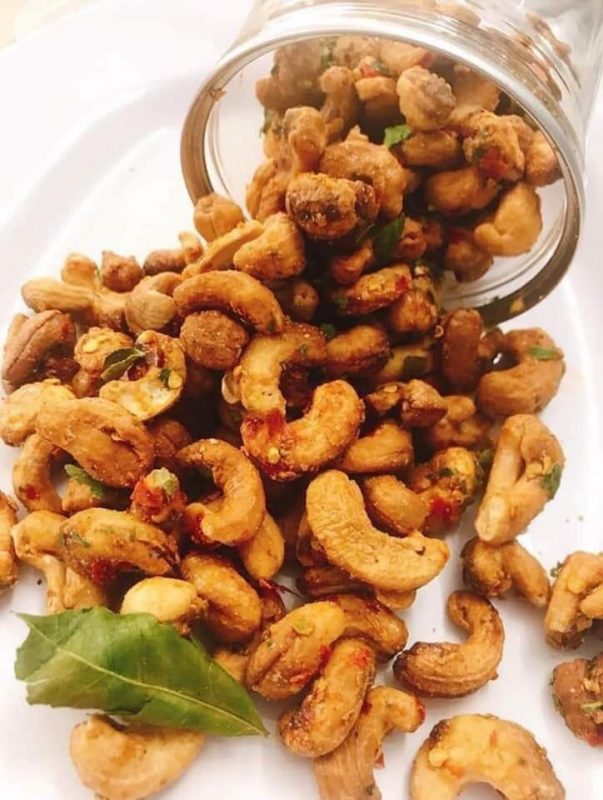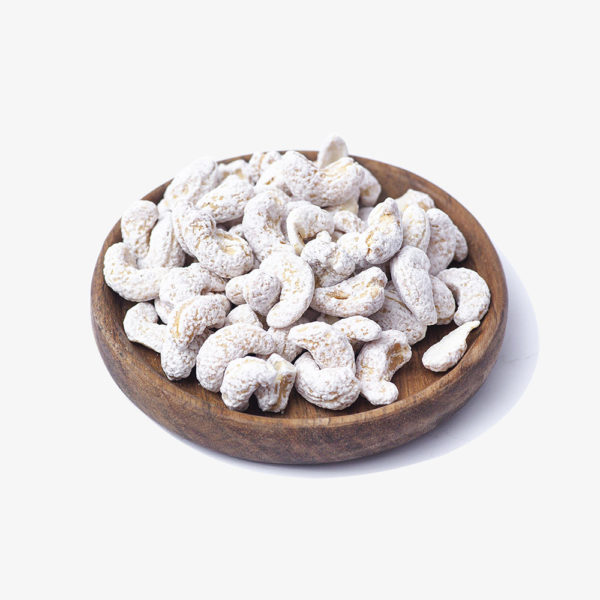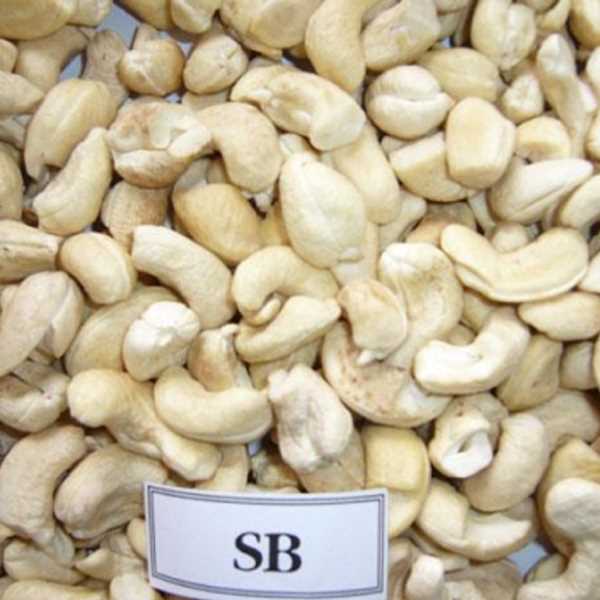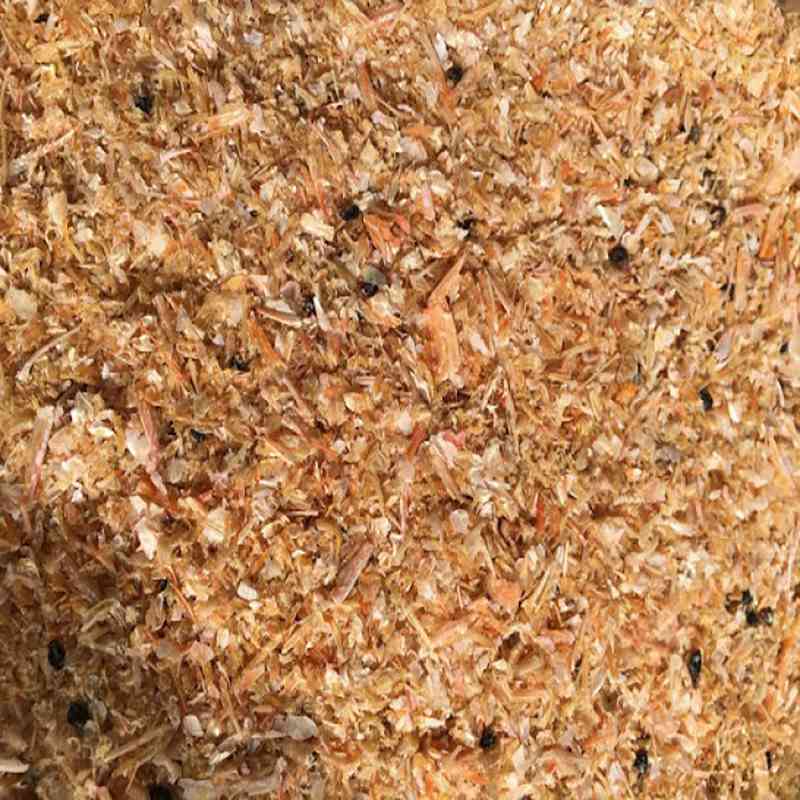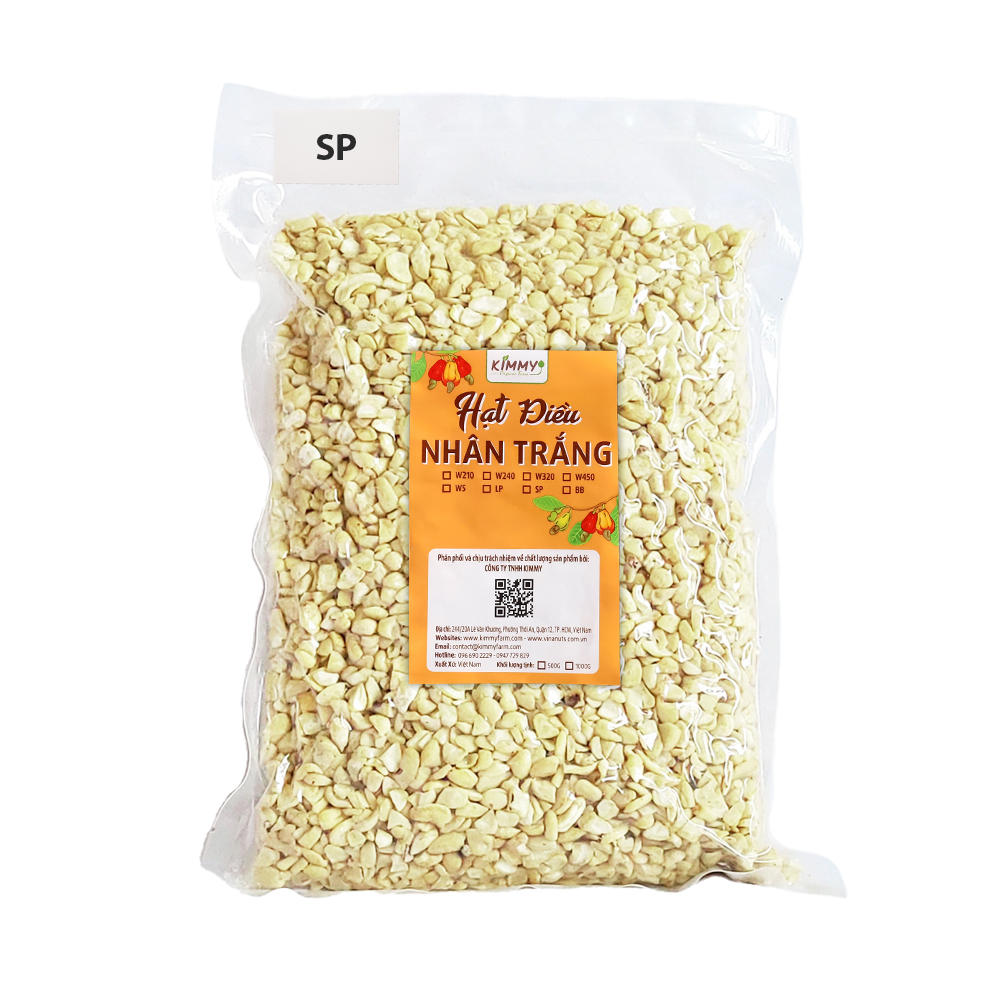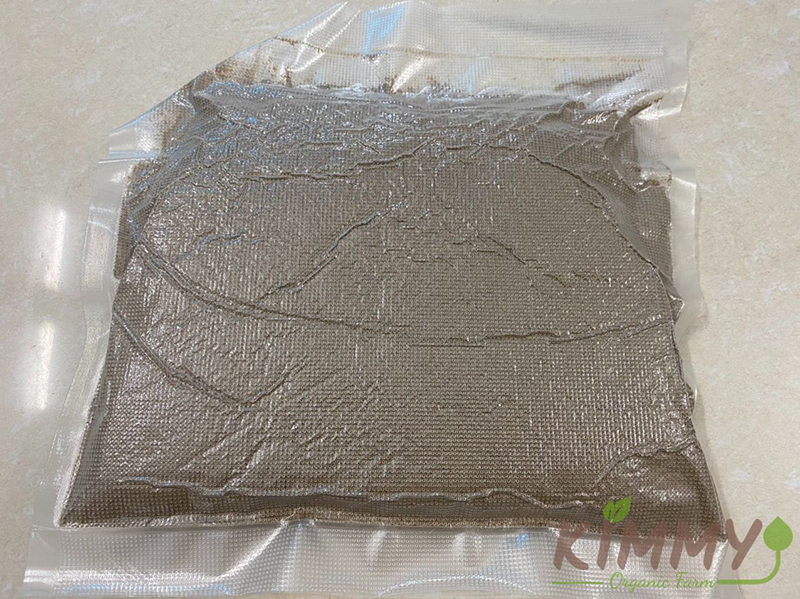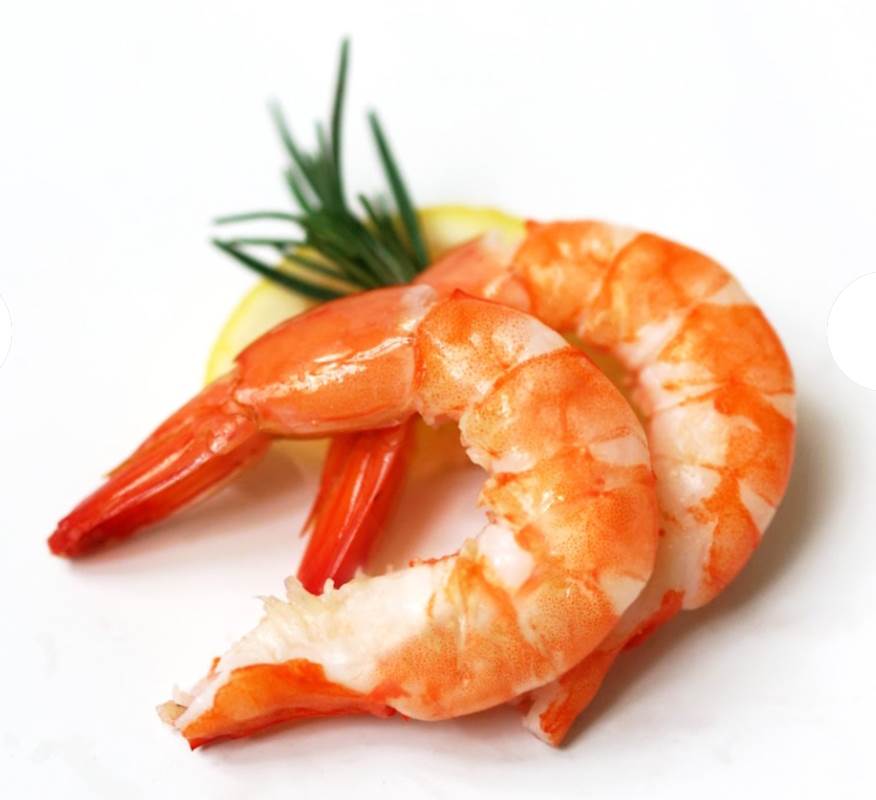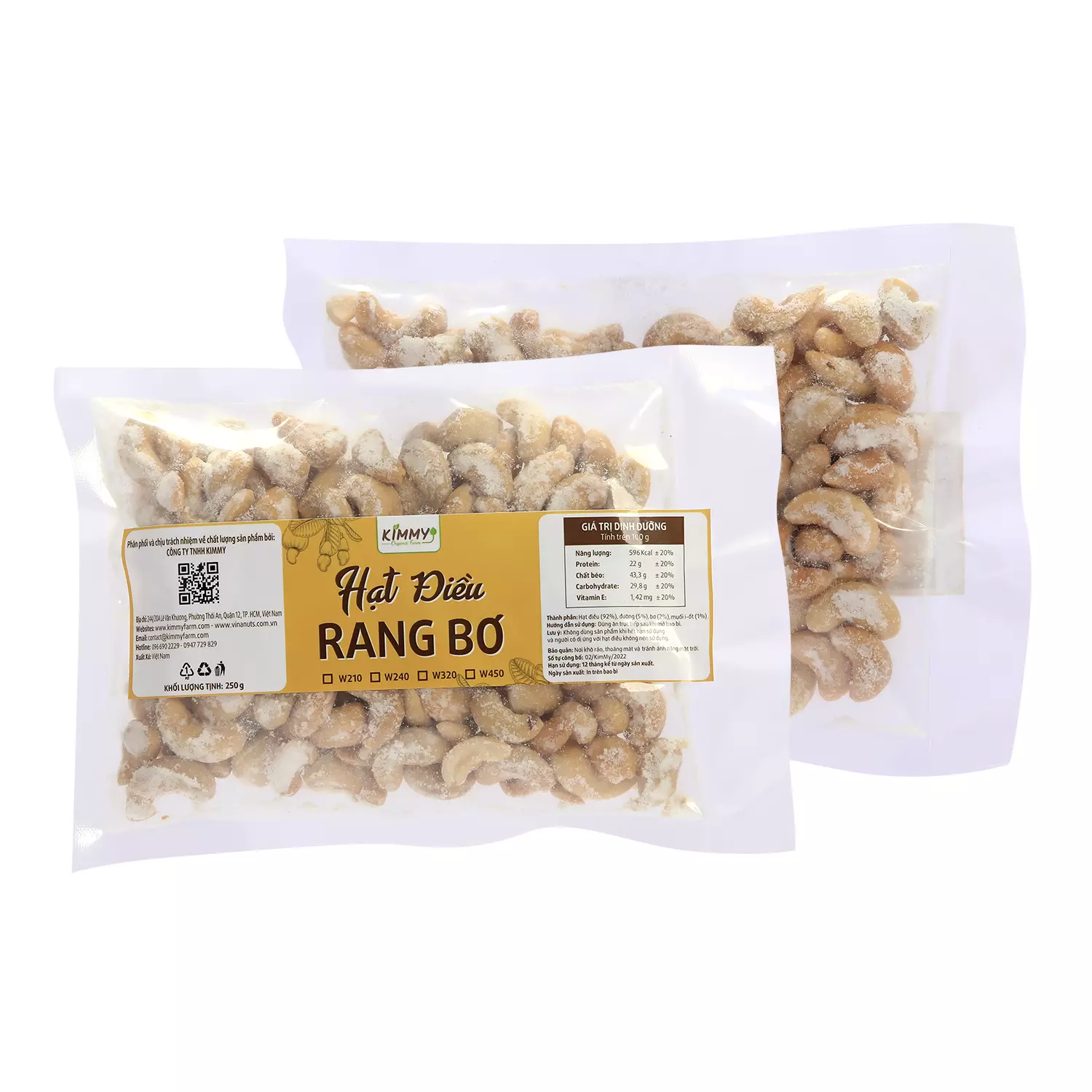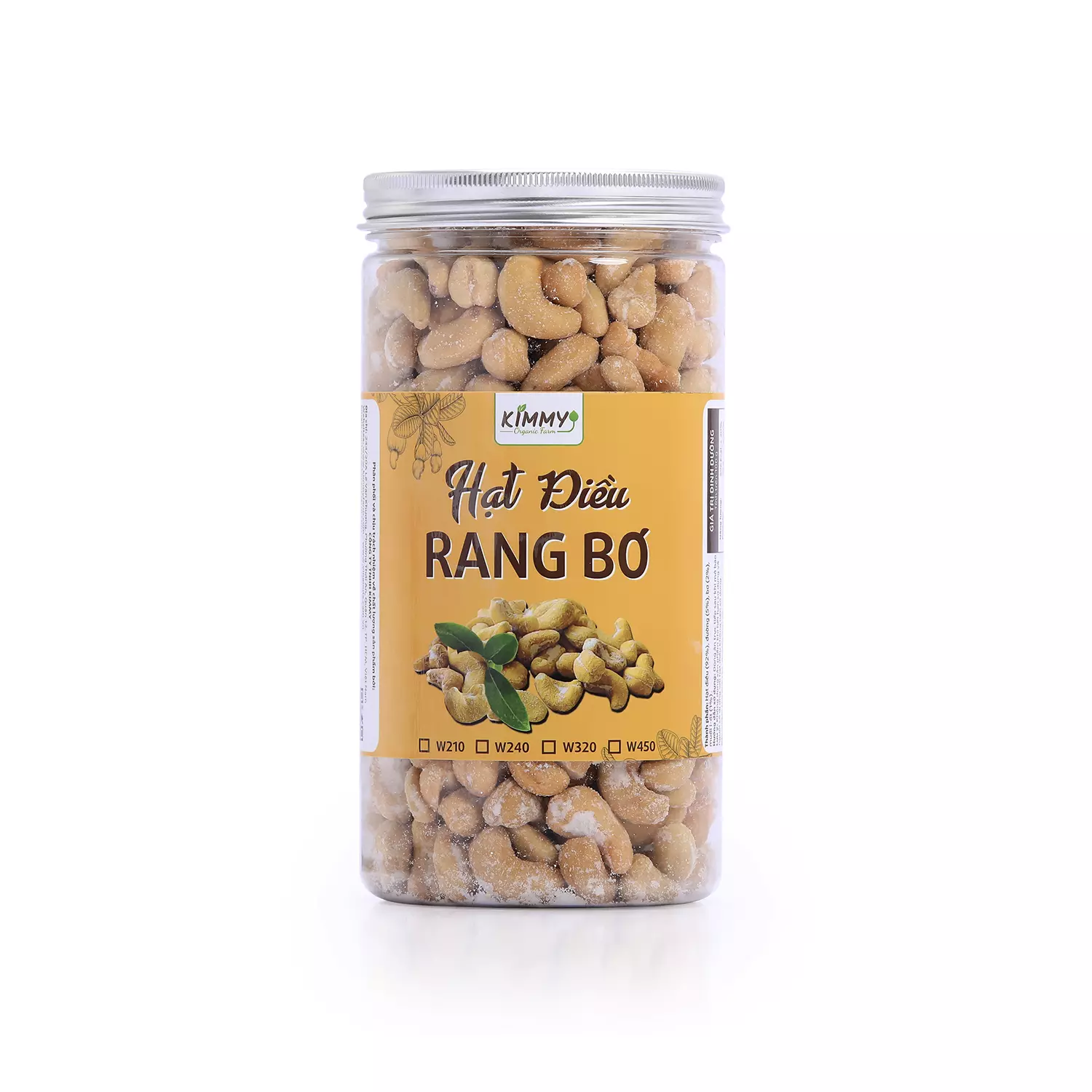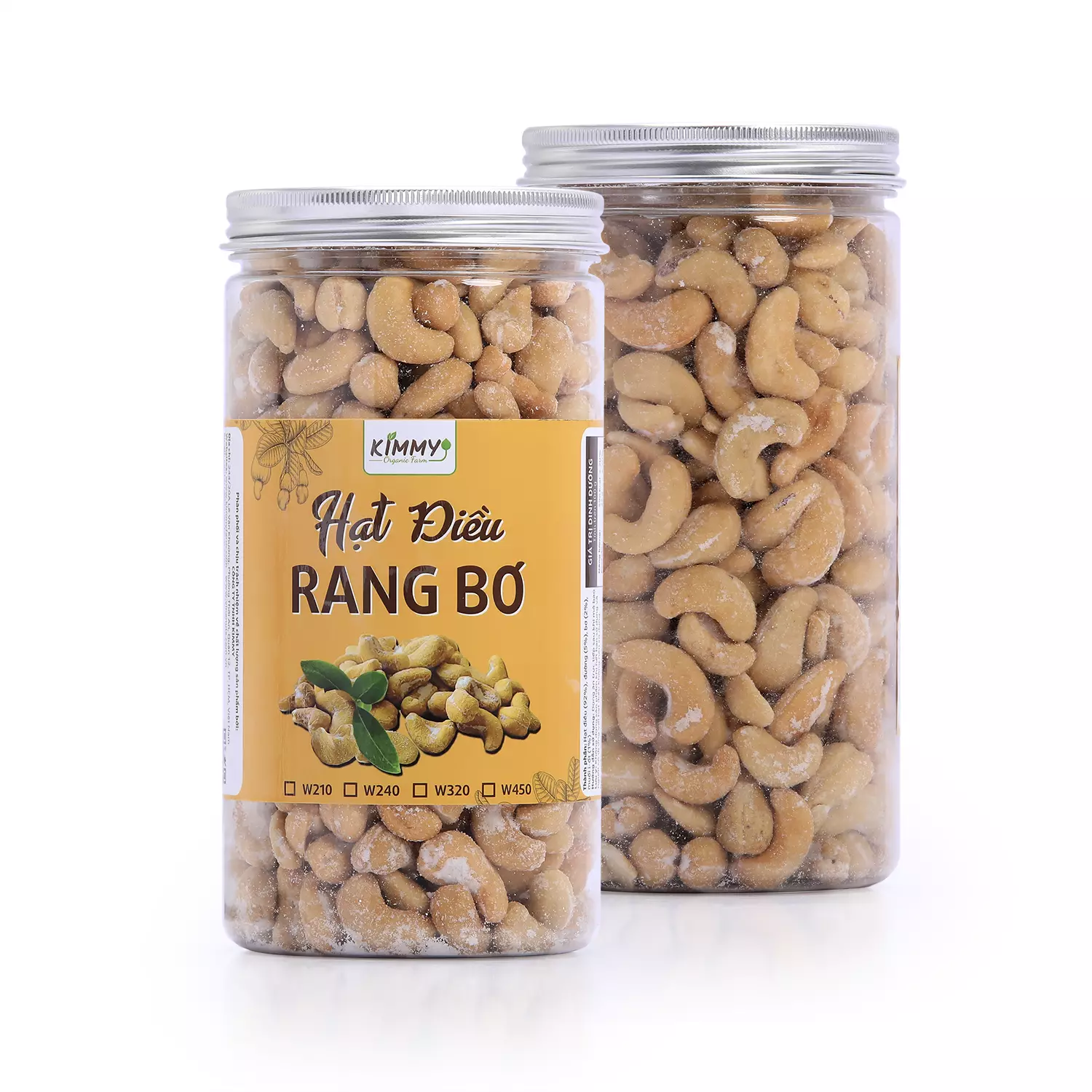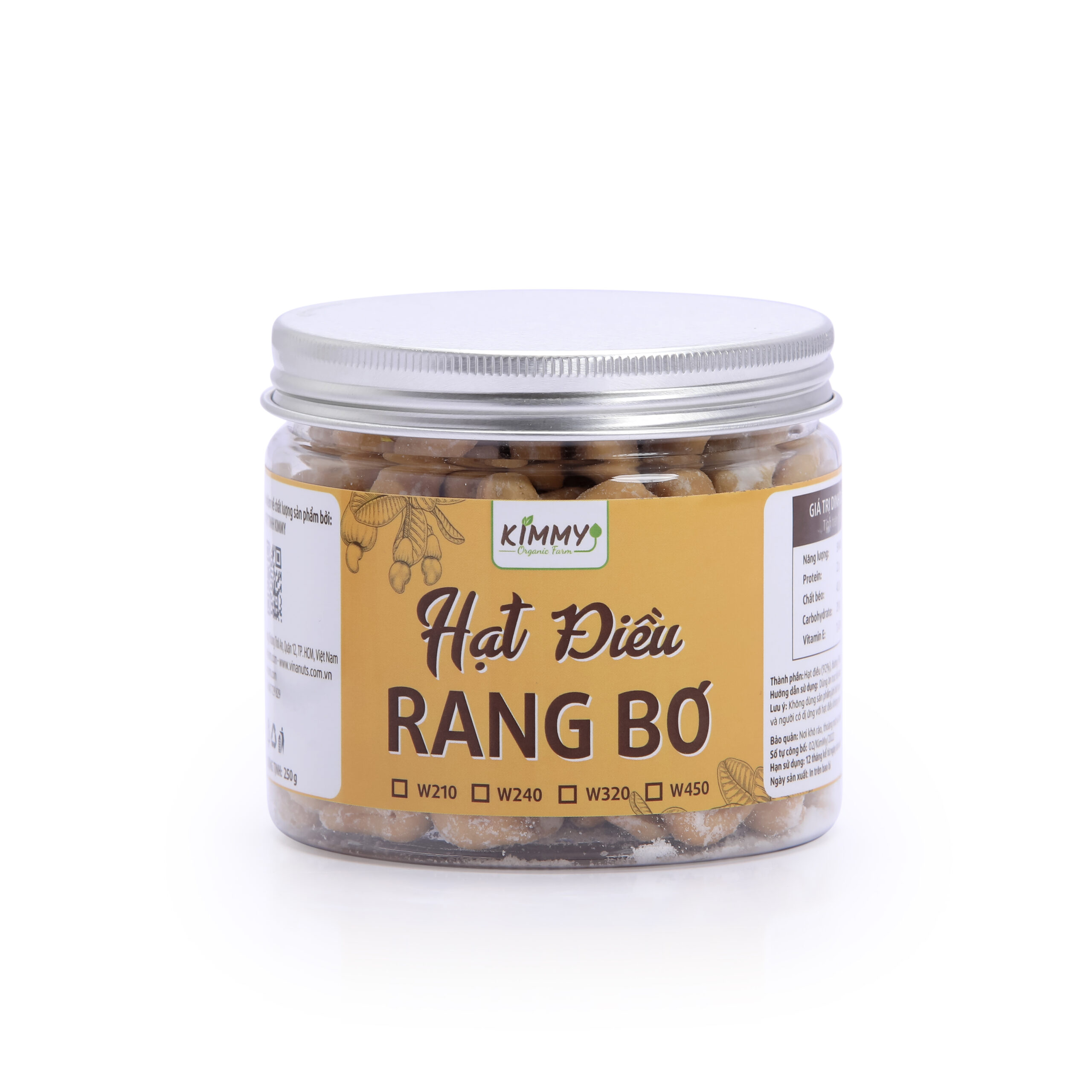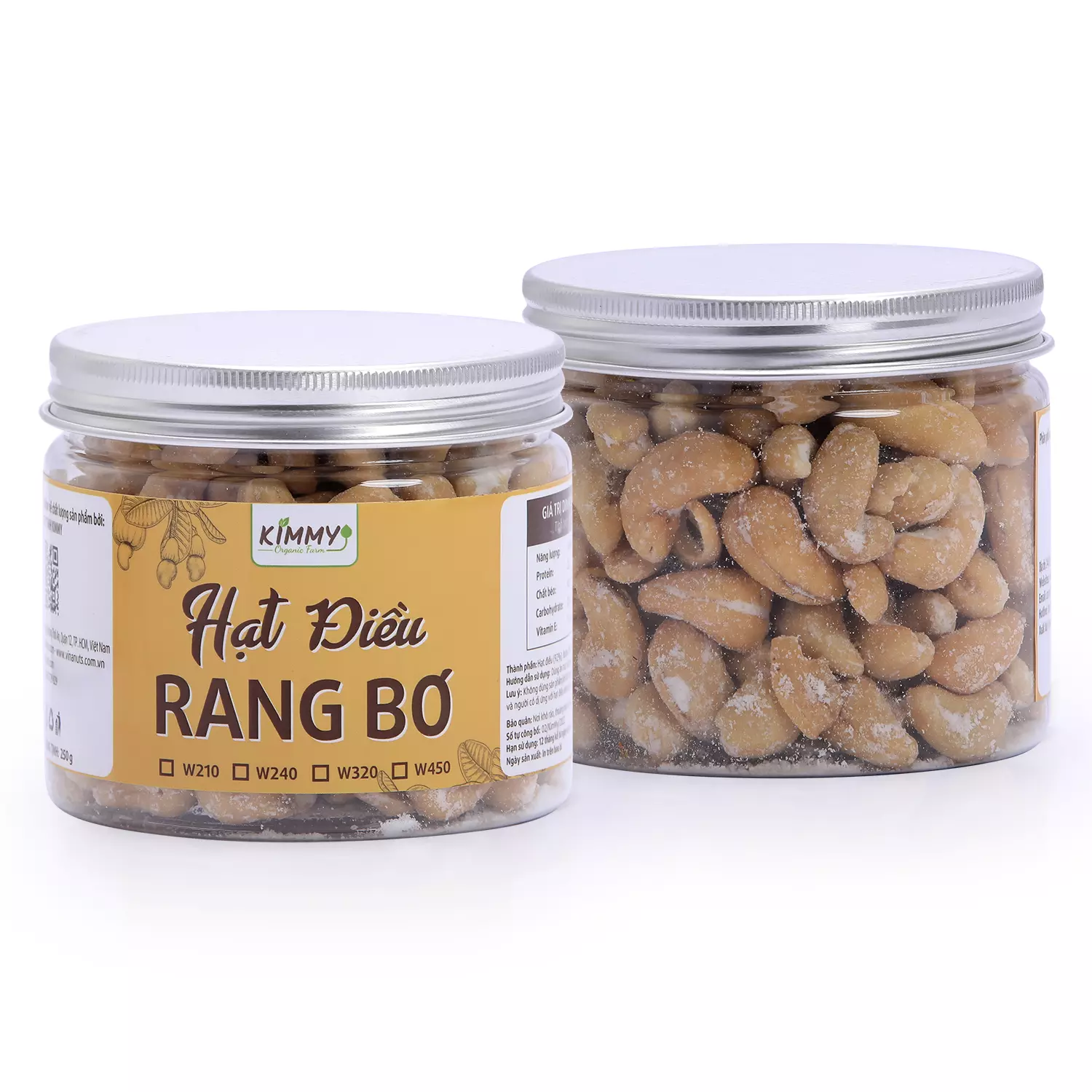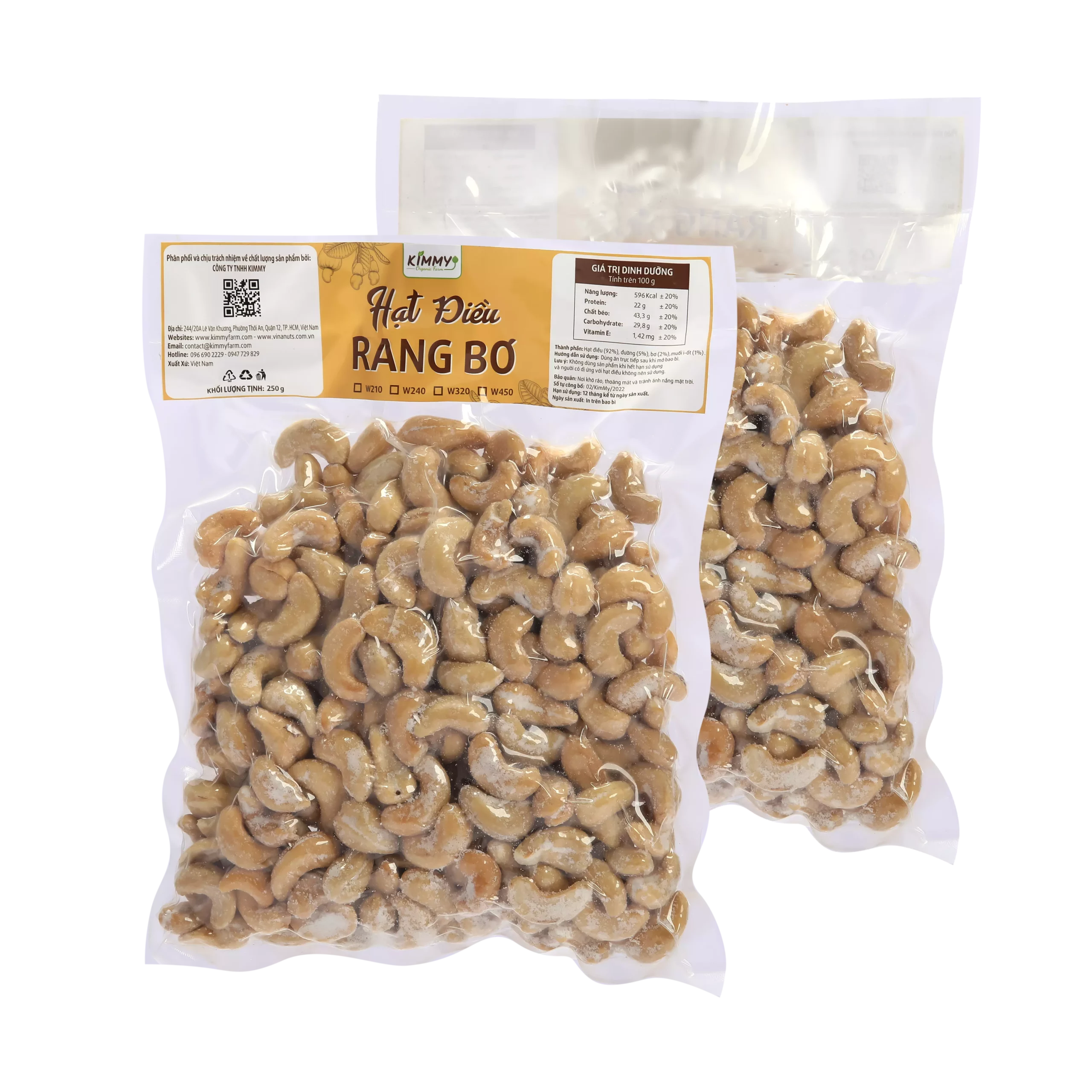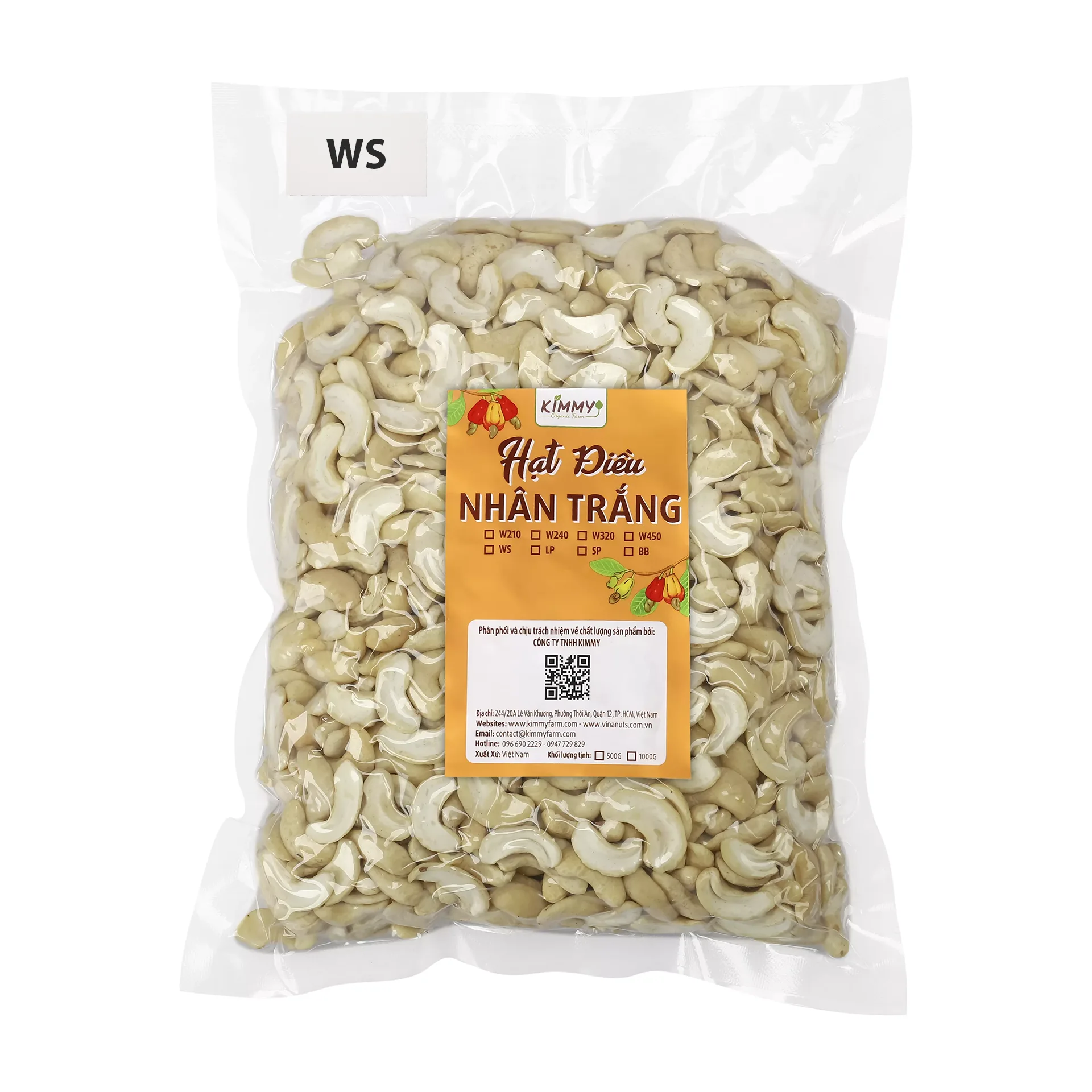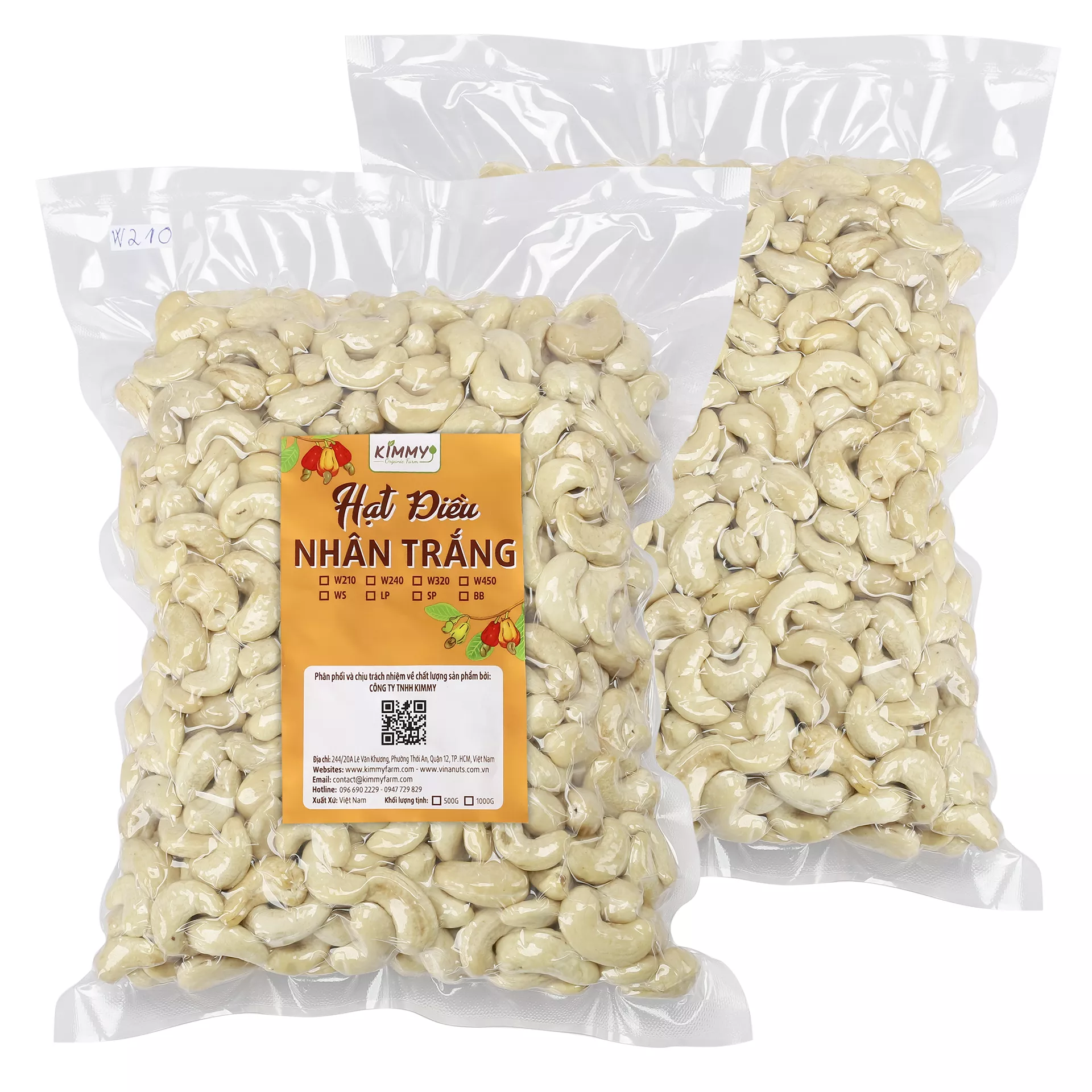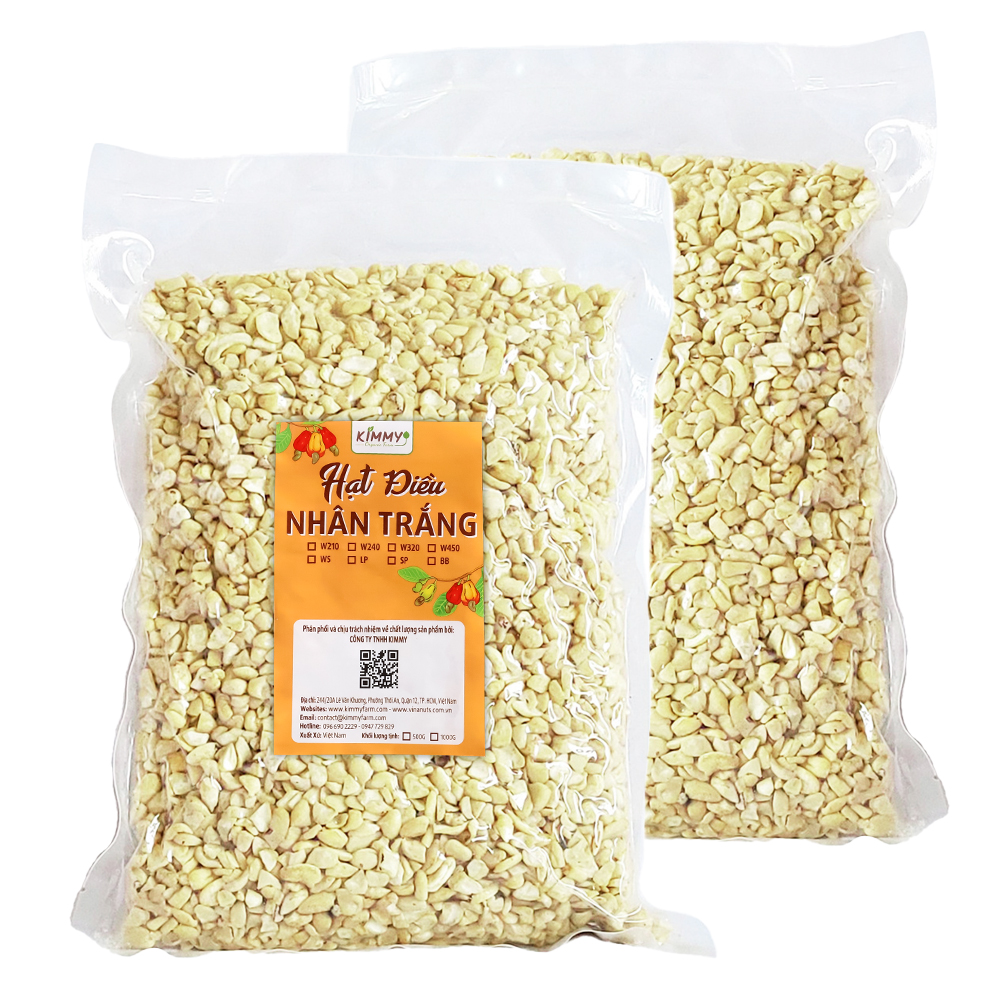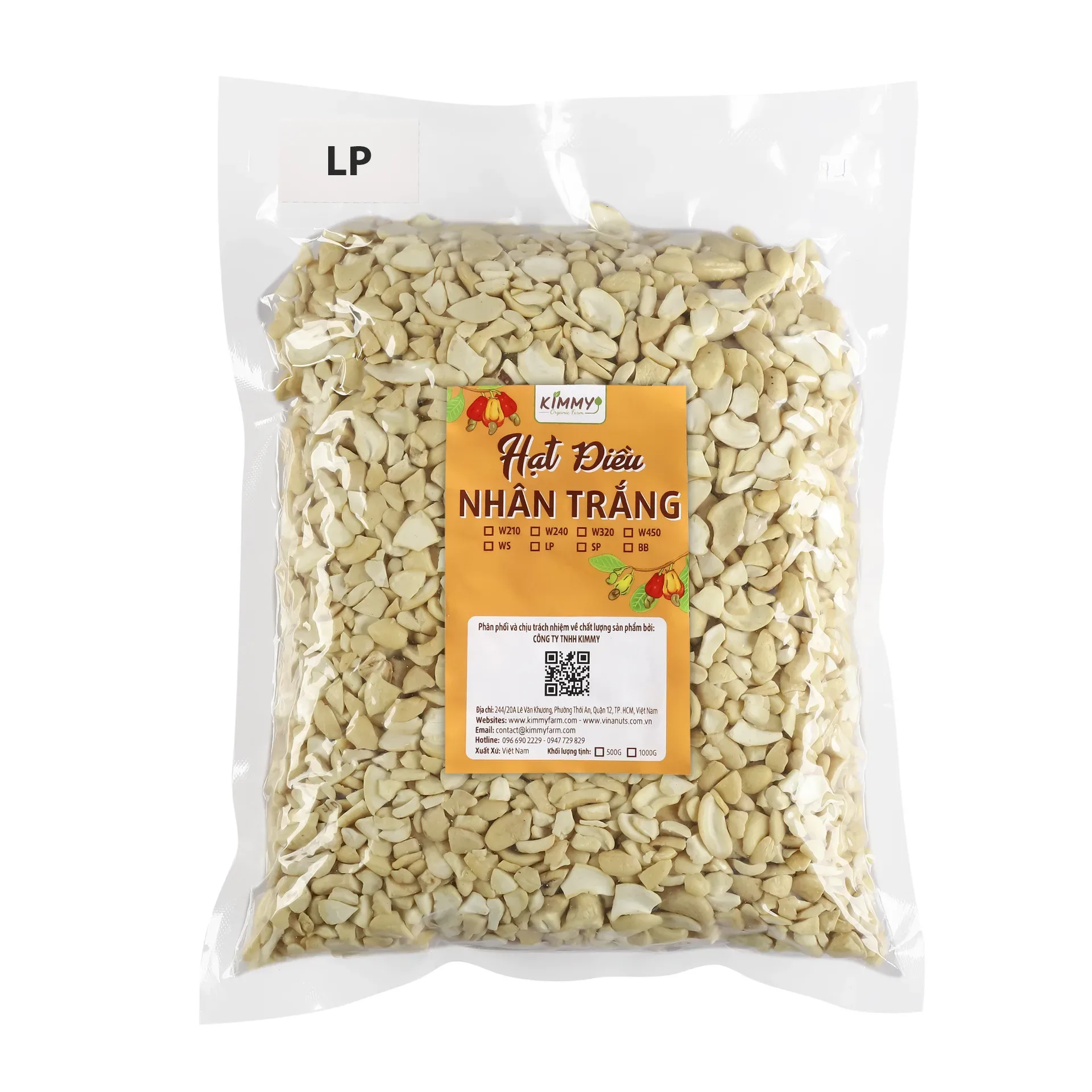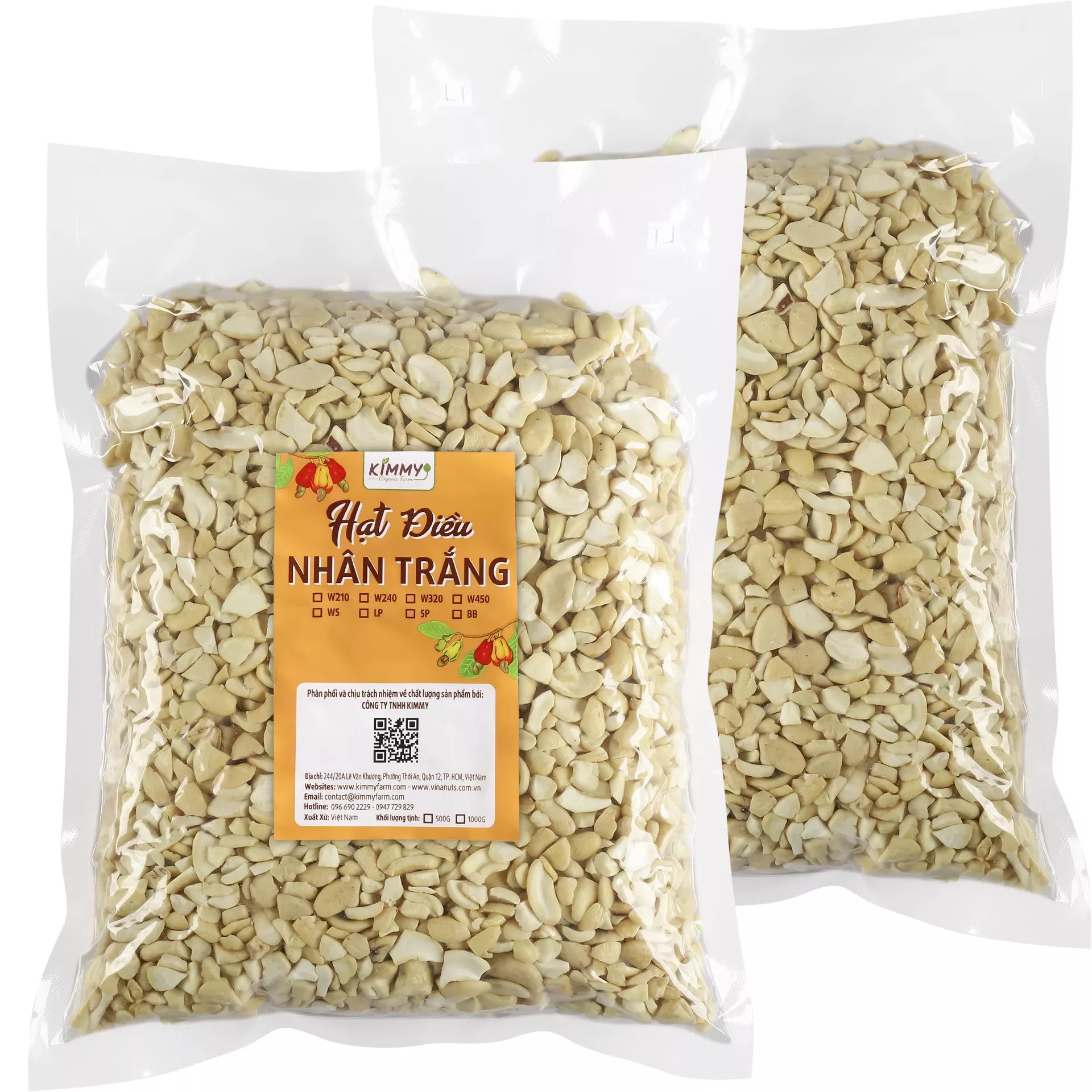Abandon and Cut down at least 100,000ha of Cashew Trees
According to the most recent estimates of the Cambodia Cashew Association (CAC), the decline in cashew nut consumption, along with the price and quality of raw cashew nuts, has forced Cambodian farmers to abandon or abandon over 100,000 hectares of cashew orchards this year. Note that the estimated area of felled or abandoned trees noted above (100,000ha) is only a portion of the 490,000ha cashew growing area designated and recognized by the Cambodian Ministry of Agriculture. However, recent data from the Cambodia Cashew Association CAC indicates that nearly the entire country now has approximately 800,000 hectares of cashew trees (a figure that is 41% higher than that of the Cambodian Ministry of Agriculture).
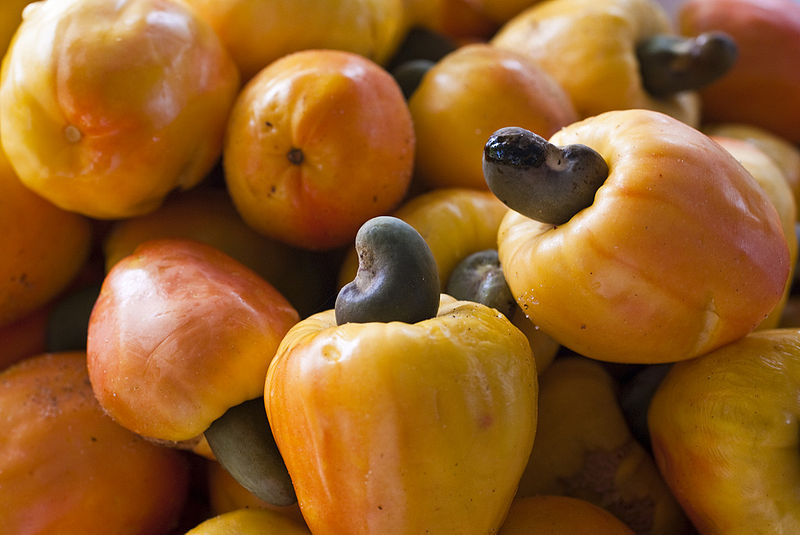
Why is the Cashew Tree Area Data for Cambodia Different?
In response to this disparity, CAC president Uon Silot stated that the small and dispersed number of cashew plantations and orchards are not included in the statistics because the land has not been converted to agricultural use and Cashew trees are cultivated as “border protect zones” in these regions.
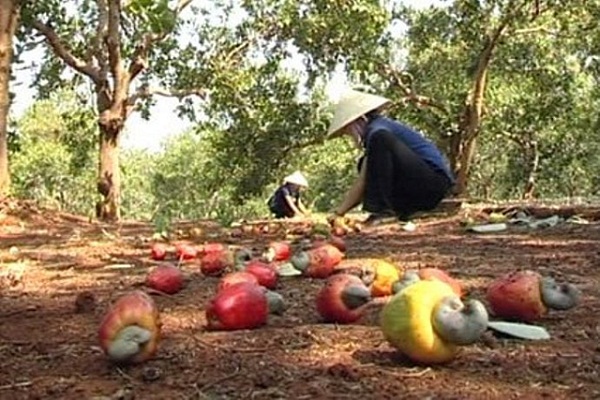
Cambodia’s Raw Cashew Output Will Decrease In The Future
Due to adverse weather:
President of the CAC Uon Silot stated that the Cambodia Cashew Association estimated that Cambodia would be able to produce between 570,000 and 600,000 tonnes of raw cashews by the end of 2022, but that this estimate was lower than anticipated due to the effects of the climate crisis. Some areas of Cambodia that were once suitable for the development of cashew trees have become unsuitable as a result of the climate crisis caused by global warming.

Due to a sharp drop in price:
In addition to the weather, Mr. Uon Silot acknowledged that Cambodian farmers have been cutting down young cashew trees because they are too despondent about the price and the cashew trees are not producing as expected. The price of unprocessed Cambodian cashew nuts is decreasing from approximately 4,000 riel per kilogram to approximately 2,000 riel per kilogram. In the meantime, the rising costs of fertilizer, labor, and fuel have prompted producers to decide to cut down trees, because if they do not, they will continue to incur losses. Mr. Nok Bunthon, a perennial cashew grower and president of the Kampong Thom Cashew Association, stated that due to negative factors, some farmers in the province have decided to cut down their cashew trees and revert to growing cassava. above.

The CAC Chairman’s estimate adds:
Uon Silot, the president of the CAC, estimates that if the cashew nut consumption situation does not significantly improve, and if the production and area of cashew trees of African origin continue to increase, the output of unprocessed Cambodian cashew nuts will decline in 2022. 10-30% followed by 50% in 2023. People have drastically reduced the cashew-growing area in Cambodia, particularly in the provinces of Preah Vihear, Kampong Thom, and Stung Treng. As a result, the country’s raw cashew kernel production will drop dramatically.
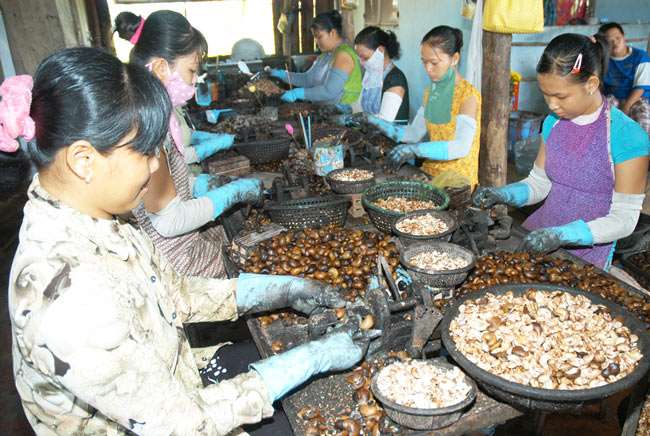
Export of Raw Cashew decreased, Export of Cashew increased
According to data from the Cambodian Ministry of Agriculture, Forestry, and Fisheries, exports of unprocessed cashew nuts decreased by 39.67% in the first quarter of 2022 to 271,994.48 tons, while exports of cashew nuts increased by 311.83% to 213.41 tons. Vietnam imports the most unprocessed cashew from Cambodia, a total of 271,980,90 metric tons. Following that, Thailand (76 tons), Japan (12.10 tons), and Taiwan (1.80 tons) were the largest buyers of Cambodian cashew nuts.
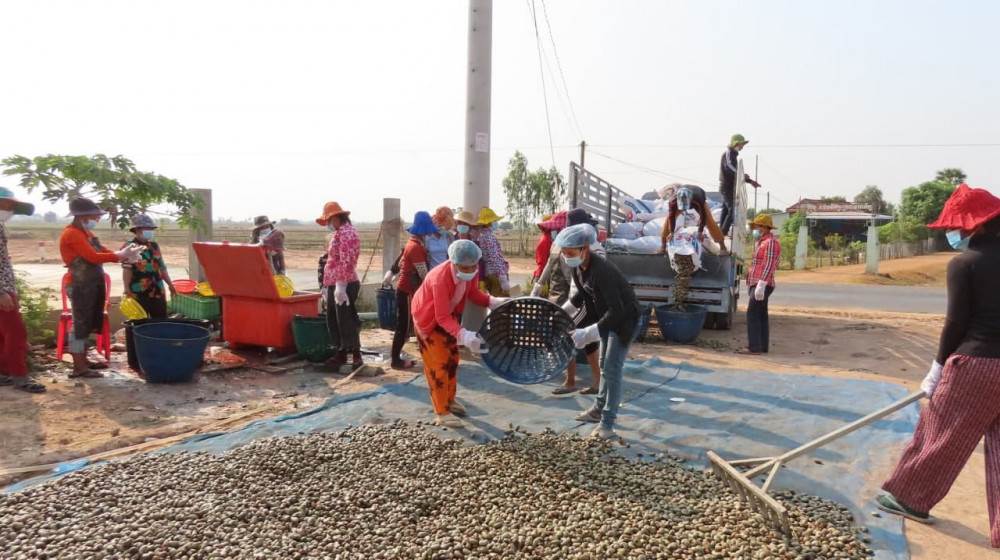
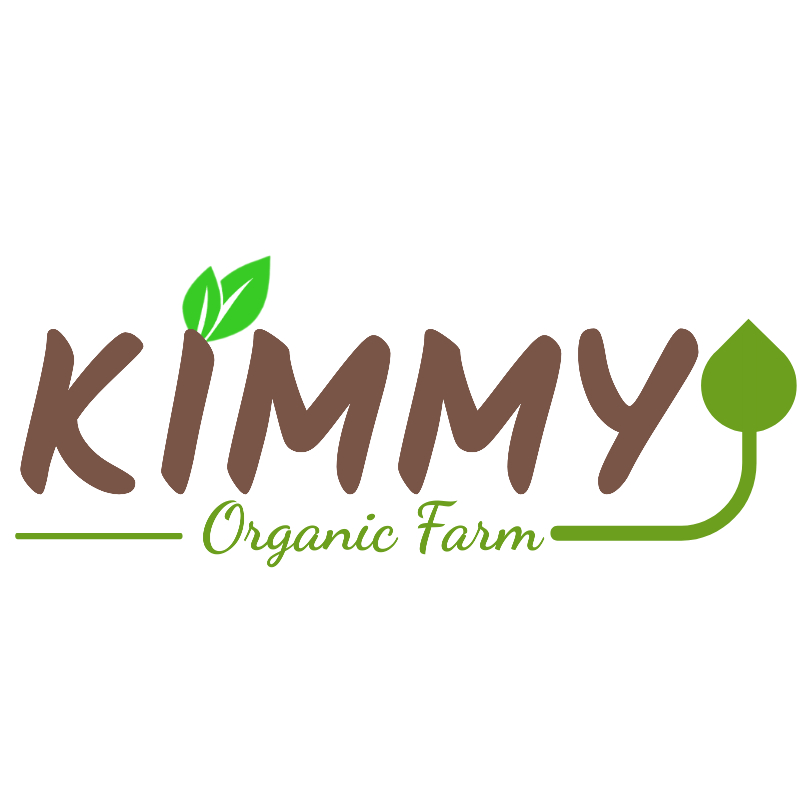
Chúng tôi là một thương hiệu chuyên sản xuất, thương mai và xuất khẩu các mặt hàng nông sản của Việt Nam. Chúng tôi có vùng trồng điều & nhà máy điều ở Bình Phước, trại nuôi ruồi lính đen ở Tây Ninh. Các mặt hàng xuất khẩu chính của Công ty là: hạt điều, hạt điều nhân, ruồi lính đen,… từ Việt Nam.


